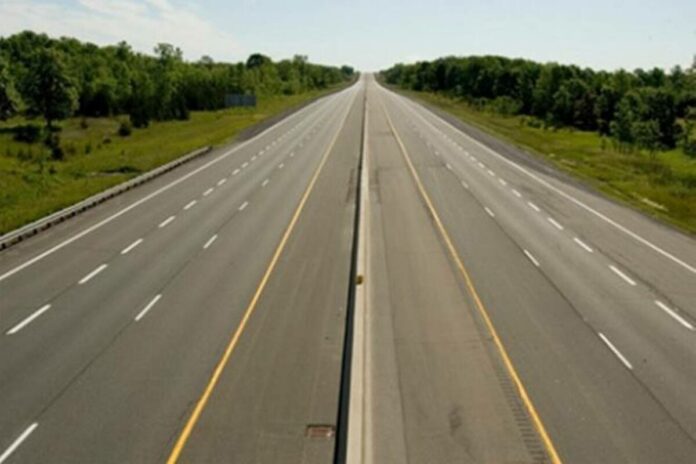Government data shows that the annual pace of construction of four, six, and eight-lane national highways (NHs) has surged by more than 300% in the last seven years, from 1,289 kilometres in 2015-16 to 3,963 kilometres in 2021-22.
As reported, officials stated that this is projected to rise even more as agencies under the road transport and highways ministry, particularly the NHAI, focus more on the construction of economic corridors and expressways.
While the construction and widening of four-lane highways have been consistent between 2017 and 2018, the development of six and eight-lane highways has increased dramatically in the last two years, noted the Times of India.
Additionally, it was also reported that while only 616 km of national highways was developed as six and eight-lane highways in 2019-20, this annual growth increased to 1,165 km in 2021-22.
Though widening highways is critical, an official told ToI that the government is also interested in providing some NH connectivity to communities with less traffic.
According to a ministry official, the government is also extending single-lane highways to two lanes with a concrete shoulder and improving existing segments. Two-lane highways also fulfil local needs and speed up economic activity in many locations.
Another official predicted that by 2026 or 2027 when most of the 22 expressway and economic corridor projects totalling 5,600 km are completed, the achievement in the four-lane and above category will set a new record.
Additionally, the next phase of the government’s biggest highway development initiative, Bharatmala-II, will have roads with at least four lanes. This Rs 3.5 lakh crore proposal is expected to be approved by the government soon.
Under this phase of Bharatmala-II, nearly 8,500 km of NHs will be built and will mostly be “greenfield corridors”.
However, wider roadways, according to NHAI officials, are largely intended to speed up the transit of goods and lower logistics costs.
An official said: “That’s why there is focus on greenfield highways and to take these alignments far away from the congested cities.”
Here it should be noted that in terms of the greenfield corridor, Union Minister Nitin Gadkari recently stated that one of the most important greenfield routes, the Amritsar-Jamnagar greenfield corridor, is being built at full capacity by the NHAI.
The entire corridor is expected to be completed by September 2023, according to the Minister of Road Transport and Highways. In a series of tweets, he stated that the portion between Bikaner and Jodhpur is expected to be completed and open to the public by the end of this year.
It is also noteworthy that recently the Centre has approved the greenfield highway between Bengaluru and Vijayawada. The application had been waiting with the NHAI since 2017, and it was eventually approved in April this year. The project connecting Kadapa and YSR district was approved by the NHAI and Bengaluru-Kadapa-Vijayawada (BKV) expressway is the new name for the highway.
In addition, early reports also revealed that the NHAI has begun construction of the Vijayawada-Nagpur Express Highway. The Greenfield-Brownfield Express Highway will connect Vidarbha in Maharashtra, aiming to speed up the transportation of industrial and agricultural products.
Recently the government has also approved a 380-kilometre greenfield economic corridor connecting Kanpur and Ghaziabad which will reduce the travel time between the two cities to just three hours. This project is expected to be completed by 2025.

